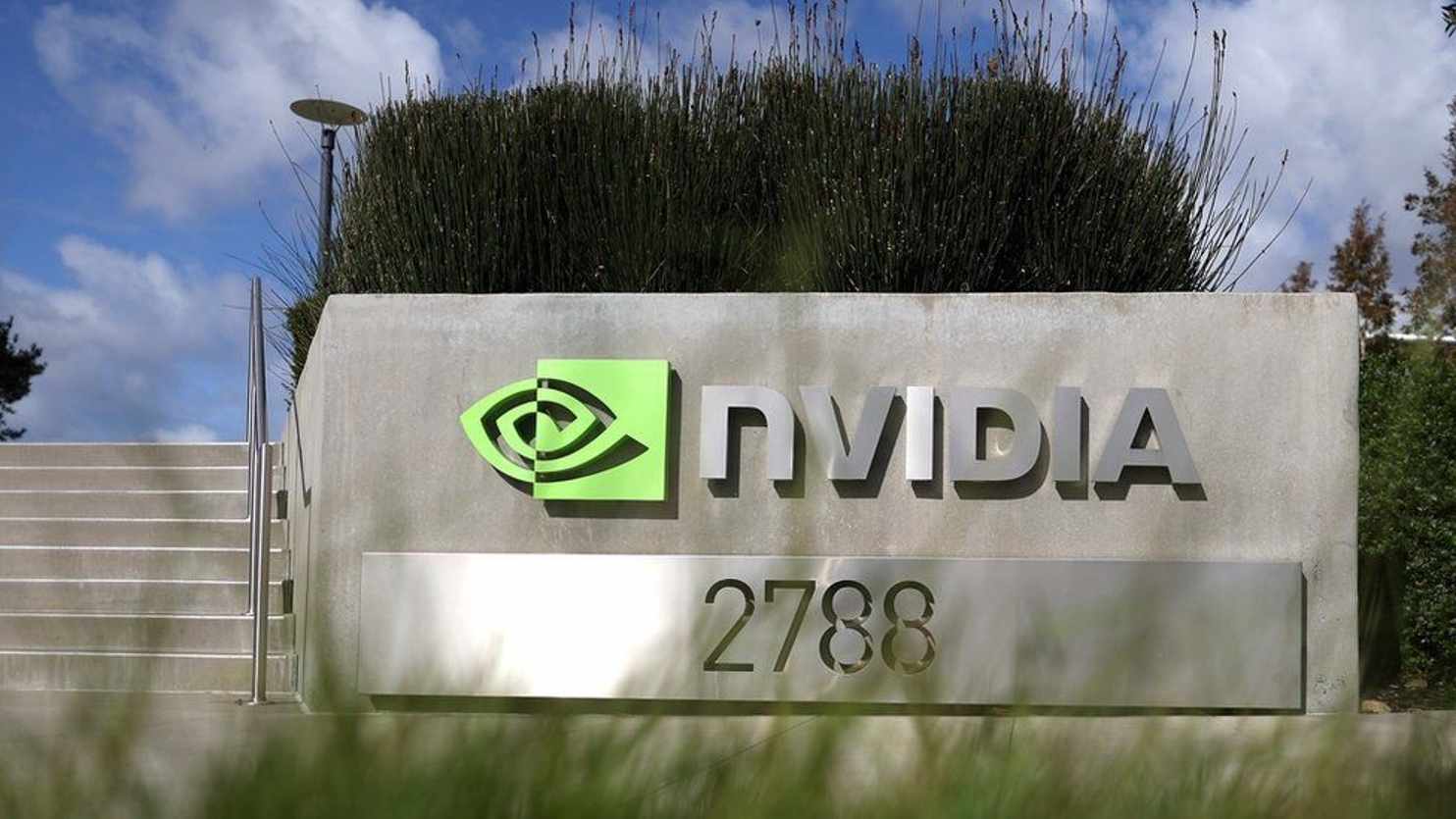Nvidia, a chipmaker and artificial intelligence (AI) powerhouse, reported quarterly earnings that exceeded even the loftiest predictions, heralding what the company dubbed a “new era” in computing.
The aftermath of this announcement led to a surge in Nvidia shares during premarket trading. Simultaneously, the annual gathering of central bankers in Jackson Hole, Wyoming is about to commence, with all eyes on Federal Reserve Chair Jerome Powell’s forthcoming remarks on Friday.
- Prior Earnings – $6.7B.
- Second Quarter – $13.5B
- October Projection – $16B
In a stunning development, Nvidia outperformed Wall Street’s most optimistic projections for second-quarter revenues. The California-based chip manufacturer saw its shares rally significantly in premarket trading on Thursday, fueled by the escalating enthusiasm surrounding generative artificial intelligence.
Anticipation prior to the earnings release was already sky-high, with some sources speculating Q2 sales of $12 billion, and projections for Q3 reaching $14 billion.
However, even these lofty expectations turned out to be modest. The actual revenue for the second quarter stood at a remarkable $13.5 billion, more than doubling the previous figure of $6.7 billion. Nvidia also offered a forward-looking estimate, predicting $16 billion in sales for the ongoing quarter ending in October.
These results underscore Nvidia’s pivotal role in the AI fervor of the current year. The company’s extensive investment in manufacturing graphics processors, vital to powering the burgeoning AI landscape, positions it as a primary beneficiary of the surging demand for AI.
Nvidia’s CEO, Jensen Huang, declared, “A new computing era has begun,” and emphasised that the race to embrace generative AI is in full swing.
Boosting Suppliers, Igniting Tech Stock Surge
Nvidia’s remarkable performance sent ripples throughout the world, notably impacting Asia. In this region, the company’s key suppliers witnessed significant growth.
One such supplier, TSMC (TG:2330y), Asia’s leading chip manufacturer and a vital partner for Nvidia, saw a notable increase of 3.7%. Additionally, TSMC’s U.S. listing demonstrated a similar trend, rising by over 3% during premarket trading.
Nvidia’s CEO’s prediction that the AI boom would persist into the following year, coupled with a $25 billion share buyback announcement, triggered a broader rally in the Asian tech stocks.
Heavyweights like Baidu (HK:9888) (NASDAQ:BIDU) and Alibaba Group (HK:9988) (NYSE:BABA) rose in Hong Kong, propelling their New York listings upward in premarket activity.
Anticipating Jackson Hole Symposium
As bankers from around the world convene for the annual two-day economic symposium in Jackson Hole, Wyoming, market participants eagerly await insights into the future trajectory of interest rate policies.
The discussions leading up to the event primarily revolved around the implications of robust U.S. economic data. Some Federal Reserve officials have suggested that these figures might warrant an uptick in borrowing costs, defying certain market forecasts that anticipated a reduction in tightening due to cooling inflation.
However, the narrative became more complex with recent data indicating a slowdown in U.S. business activity growth, the weakest since February. This, coupled with the view that the Fed might have limited room to maintain higher interest rates for an extended period, led to a slip in U.S. Treasury yields.
Investors eagerly anticipate Federal Reserve Chair Jerome Powell’s speech from Jackson Hole on Friday, hoping for greater clarity on the matter.
Mixed Futures in Wake of Nvidia Earnings and Jackson Hole
U.S. stock futures presented a mixed outlook on Thursday, as investors absorbed Nvidia’s outstanding results and looked ahead to the commencement of the Jackson Hole symposium.
At 05:26 ET (09:26 GMT), Dow futures contracted by 36 points or 0.10%, while S&P 500 futures advanced by 23 points or 0.52%.
The Nasdaq 100 futures were the standout performer, rising by 172 points or 1.13%. The excitement generated by Nvidia’s robust figures and optimistic outlook propelled this surge.
Concerns about Nvidia’s ability to supply the global hunger
Amidst the surging global demand for its chips, Nvidia is facing mounting concerns regarding its capacity to meet this insatiable hunger. The company relies on outsourcing its manufacturing to Taiwan Semiconductor Manufacturing Company.
Analysts are cautioning that the demand for Nvidia’s AI chips is rapidly outpacing supply, with estimates suggesting a shortfall of at least 50%, and signs of this imbalance resolving in the near future are slim.
China’s voracious appetite for these chips is particularly noteworthy, as tech enterprises there scramble to accumulate Nvidia’s offerings, potentially leading to the imposition of export restrictions by the US government.
Reports from Washington indicate deliberations on implementing constraints on the computing power of chips exported to China.
Investors should remain mindful of the past, notably in the previous year when Nvidia encountered a significant dip in share value following a profit warning, a dip in demand for graphics card sales, and a surge in unsold inventory.
However, beneath these concerns, the state of the global economy remains a pivotal factor. Despite the current vogue of AI chips, a substantial downturn in major economies would inevitably translate to reduced business activity, diminished investment, and subsequently, a decrease in chip demand.
Earlier this year, Nvidia’s stellar Q1 report played a pivotal role in igniting a broader stock market rally influenced by AI trends. Analysts had predicted that strong returns could have a similar far-reaching impact.
As Nvidia’s impact reverberates through the tech sector and global economic policymakers gather at the Jackson Hole Symposium, the markets remain in a state of flux, responding to a dynamic blend of corporate success and macroeconomic considerations.







